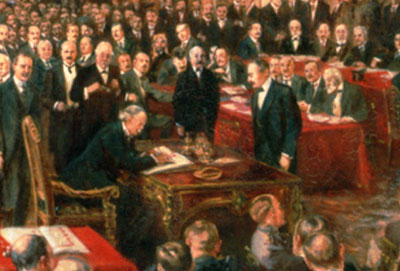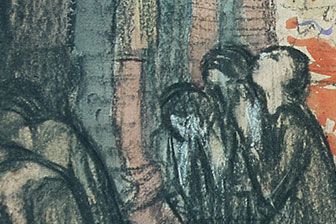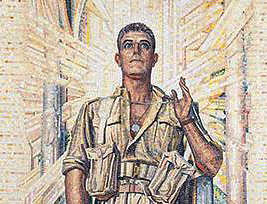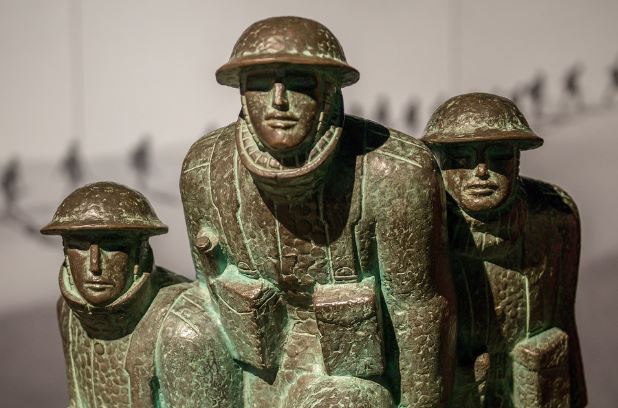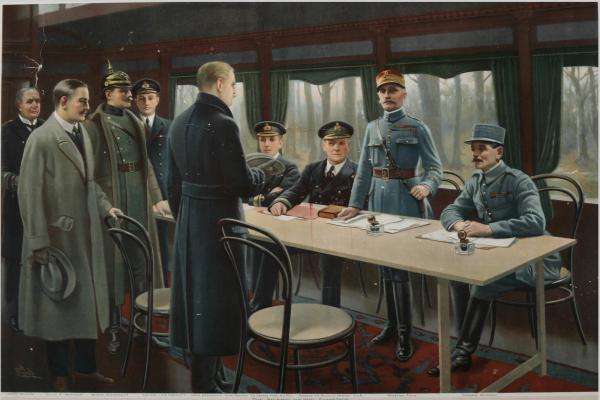Art in the Aftermath
Drawing on the Memorial’s rich collection of art, this resource is designed for secondary teachers as a visual way to engage students in a discussion on the aftermath and impact of the First World War. Exploring themes of peace, loss and remembrance, the artworks are brought to life in high-resolution via Google’s Art & Culture platform.
Objectives
After using this resource, students will be able to:
- Evaluate the reliability and usefulness of art as a historical source
- Explain the perspectives of artists and their subjects
- Understand the impact and aftermath of the First World War
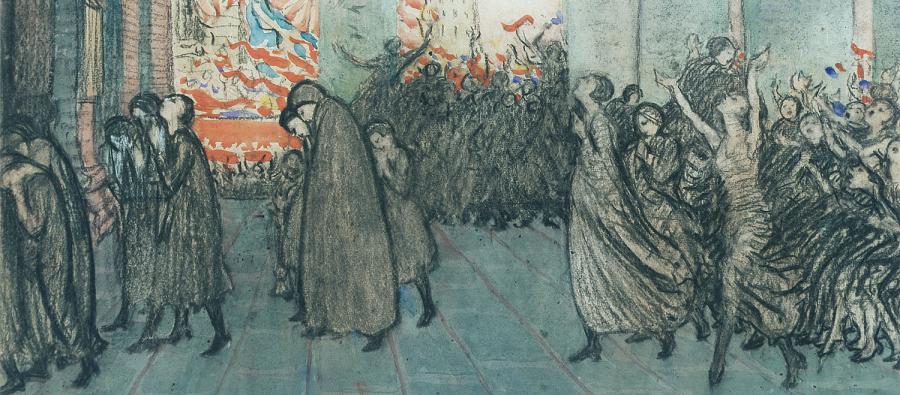
Rejoicing & Remembering, Armistice Day, London 1918 (detail)
Vida Lahey, 1924
How to use this resource
Art in the aftermath can be approached sequentially, or you can start with the theme most appropriate for your class. Each theme contains suggestions for discussions and activities, as well as supporting media for display on an interactive whiteboard or similar device. The themes are listed below.
START HERE
Peace at last
How was the Armistice captured in art?
A generation of mourning
What does art reveal about the enduring impact of the war?
Monuments and memorials
How is the First World War commemorated in monuments and memorials?
The Official War Art scheme
Why were official war artists appointed to record Australia’s experience of war?
Bringing form to life
How useful are sculptures and dioramas as sources for research?
Background
In the early morning of 11 November Germany signed an Armistice with Britain and France, and at 11 am the fighting ceased. Only a few weeks earlier, the Ottoman Empire had also withdrawn from the war. Although the formal peace treaties would not be signed until the following year, the Great War was finally over.
